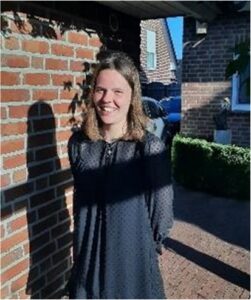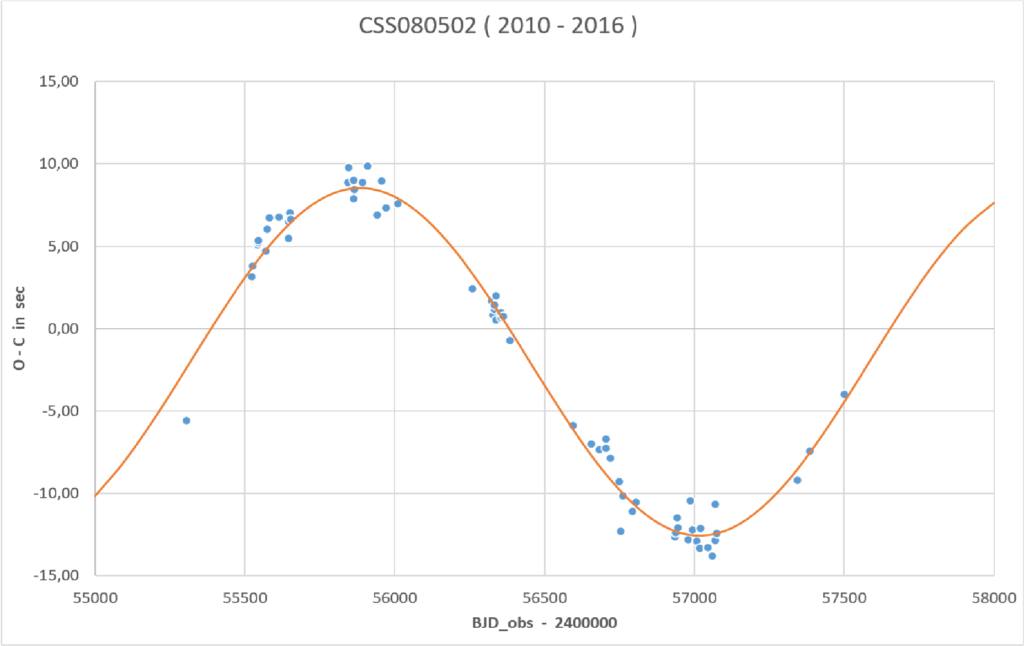-
Faulkes Telescope Project Privacy Policy
Intriguing connection found by Anna Köster

Anna Köster, 17
Anna Köster, a 17 years old student from Germany has found proof of systematic variation in the eclipse times of the binary star system CSS080502. A potential reason for this variation could be the presence of one or more exoplanets. While Anna has not been able to confirm the existence of an exoplanet around CSS080502, she will continue to make observations using the Faulkes Telescopes to gather further evidence.
The 17 years old had her proper introduction to Astronomy in the autumn of 2020 when she took part in the “Astronomy 2.0” camp. Under the supervision of Paul Breitenstein, Anna and other students used the Faulkes Telescope in Siding Spring, Australia to confirm “Near-Earth-Objects”. Inspired by her unique experience, she decided to write for school her term paper entitled “Methods of Detection of Exoplanets Using the Example of the Binary Star System CSS080502”.
In her term paper, she explores the theoretical basis of various methods used by professional astrophysicists to detect exoplanets. However, for the practical part of her term paper, Anna analysed the time of the eclipses of the binary star system and plotted the following observed-minus-calculated (O-C) diagram. The diagram highlights the systematic variation that was found. By looking at the diagram, Anna formulated the hypothesis that an exoplanet on a circular orbit might be present around the system. To confirm this presumption, she observed the eclipse using the 1.0m telescopes provided by FTP.

O-C diagrams are powerful tools that allow us to notice subtle changes in periodic astrophysical events
After further calculations, she rejected the possibility of an exoplanet on a circular orbit. Nonetheless, the variation might still be explained by an exoplanet on a highly elliptical orbit.
Despite not being able to identify an exoplanet orbiting the binary star system CSS080502, Anna said that she enjoyed the opportunity to fulfil her wish of carrying out actual scientific research using professional tools. Hopefully, she will be even more successful with her future observations.
More details about Anna’s work and experience with can be found here.
